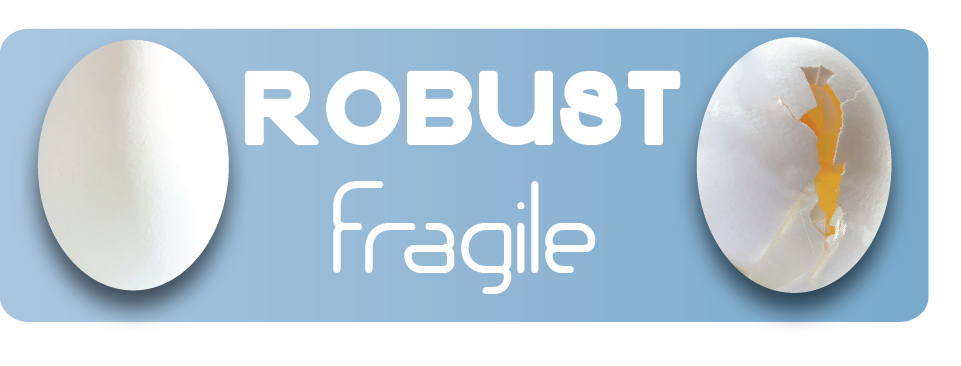Terracotta, Terra cotta or Terra-cotta (Italian: "baked earth", from the Latin terra cocta) is a clay-based unglazed ceramic, although the term can also be applied to glazed ceramics where the fired body is porous and red in color. Its uses include vessels, water and waste water pipes and surface embellishment in building construction, along with sculpture such as the Terracotta Army and Greek terracotta figurines. The term is also used to refer to items made out of this material and to its natural, brownish orange color, which varies considerably.
Glass is a non-crystalline solid material. Glasses are typically brittle, and often optically transparent. The most prevalent type of glass, used for centuries in windows and drinking vessels, is soda-lime glass, made of about 75% silica (SiO2) plus Na2O, CaO, and several minor additives. Often, the term glass is used in a restricted sense to refer to this specific use.
To make the comparision between handmade and industrial we took a regular vase as our object of reference. The terracota vase which is handmade, is heavy and sturdy, while the glass vase that is produced industrialy is delicate and light. We wanted to highlight that although in the end it is the same objet (a vase) they are produced by different methods and materials which makes one robust and the other fragile.



No comments:
Post a Comment